How to take care of a Siamese Fighting fish – Betta splendens
What you will need
To properly care for your Betta splendens fish, you will need essential equipment such as an appropriately-sized aquarium, heating, and lighting gear. The size of the aquarium is crucial for the well-being of your Betta splendens, providing them with ample space to swim and explore.
When considering the heating equipment, it’s important to maintain a stable water temperature within the ideal range for Betta splendens. This will help keep your fish healthy and active. Additionally, proper lighting is essential for the overall well-being of your Betta splendens, as it helps regulate their day and night cycles, mimicking their natural habitat.
By ensuring you have the necessary equipment in place, you are setting the foundation for a thriving Betta splendens environment. Remember, providing the right equipment not only enhances the quality of life for your fish but also contributes to their overall health and happiness. Investing in the proper setup from the beginning will lead to a rewarding and fulfilling experience caring for your Betta splendens.
How to set up your aquarium
To set up your aquarium for optimal Betta splendens care, it is crucial to create a habitat that mimics their natural environment. Start by placing the aquarium away from direct sunlight to prevent temperature fluctuations and algae growth, ensuring a stable and comfortable living space for your fish.
When arranging the tank, provide plenty of plants and decorations to offer hiding spots for your Betta splendens. These fish enjoy exploring and hiding, so having plants like Java fern or Amazon sword can create a sense of security for them.
Additionally, consider adding a gentle filter to maintain water quality without creating strong currents that may stress your Betta splendens. A heater is essential to keep the water temperature consistent within the recommended range, promoting the health and well-being of your fish.
By setting up the aquarium thoughtfully, you are creating a safe and stimulating environment for your Betta splendens to thrive. Remember, a well-designed tank not only benefits the fish but also enhances your viewing pleasure, providing a serene and captivating aquatic display in your home.
Company
When considering company for your male Betta splendens, it’s crucial to choose tank mates carefully to ensure a harmonious aquatic environment. While Betta splendens are known for their aggressive nature, there are compatible tank mates that can coexist peacefully.
One suitable companion for your Betta splendens is the “corydoras catfish.” These bottom-dwelling fish are peaceful and won’t compete for space with your Betta. Their scavenging behavior also helps keep the tank clean, contributing to the overall water quality. Another excellent choice is the “neon tetra,” a small, colorful fish that adds vibrancy to your aquarium without posing a threat to your Betta.
It’s essential to avoid fish with long, flowing fins or aggressive tendencies, as they may trigger territorial behavior in your Betta splendens. Additionally, ensure that all tank mates are of similar size to prevent any bullying or stress among the fish.
By selecting compatible tank mates like the corydoras catfish and neon tetra, you can create a community tank that complements the beauty and personality of your Betta splendens while promoting a peaceful and thriving aquatic ecosystem.
Maintaining water quality
To maintain high water quality in your Betta splendens’ aquarium, it is crucial to focus on proper substrate, filtration, water conditioning, and regular water changes. The substrate plays a key role in the tank’s ecosystem, providing a surface for beneficial bacteria to thrive and aiding in waste breakdown. Choose a substrate that is easy to clean and doesn’t release harmful chemicals into the water.
Investing in a quality filtration system is essential for keeping the water clean and free from toxins. Look for a filter that suits the size of your tank and provides adequate mechanical, biological, and chemical filtration. Regularly clean and maintain the filter to ensure optimal performance.
Water conditioning is another vital aspect of maintaining water quality. Use a reliable water conditioner to remove chlorine, chloramine, and heavy metals from tap water before adding it to the tank. This helps create a safe and healthy environment for your Betta splendens.
Lastly, regular water changes are necessary to prevent the buildup of harmful substances and maintain optimal water parameters. Aim to change 25-50% of the water every week, using a siphon to remove debris from the substrate. By following these practices, you can ensure a clean and healthy aquatic habitat for your Betta splendens.
Feeding your Betta splendens
Feeding your Betta splendens is crucial for their health and well-being. As meat-eaters, Betta splendens require a high-protein diet to thrive. When selecting food for your Betta, opt for high-quality pellets or flakes specifically formulated for Betta splendens. Look for options that list protein as the primary ingredient, ensuring your fish receives the necessary nutrients for growth and vitality.
In addition to pellets and flakes, consider supplementing your Betta’s diet with live or frozen foods like bloodworms, brine shrimp, or daphnia. These protein-rich treats can provide variety and additional nutrients to support your Betta’s overall health. However, it’s essential to feed these treats sparingly to prevent overfeeding and maintain water quality in the aquarium.
Remember to feed your Betta splendens small portions 2-3 times a day, only offering what they can consume in a few minutes to avoid uneaten food sinking to the bottom and polluting the water. By providing a balanced and varied diet tailored to their carnivorous nature, you can ensure that your Betta splendens remains healthy and vibrant.
Category: Articles, Freshwater Fishes | Tags: Betta, betta fish, betta fish tank mates, betta fish tankmates, Betta splendens, fighting fish, Siamese fighting fish | Comment »

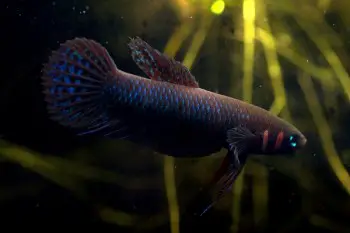

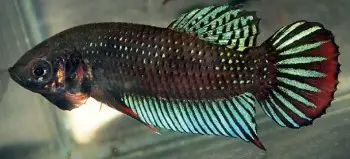
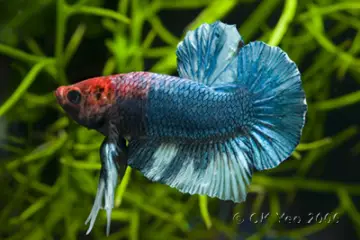
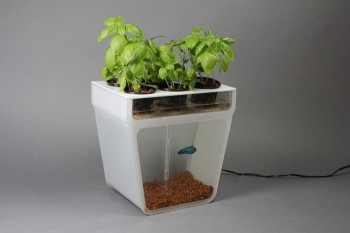















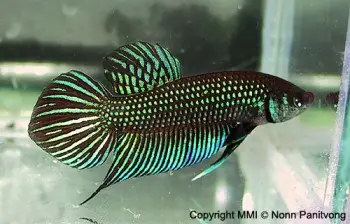

Site improvements
thanks
21st Jan 2025
Site improvements
This is an excellent post, glad you shared it. I just stumbled upon your blog and have enjoyed reading your posts.
14th Jan 2025
Site improvements
This is an excellent post, glad you shared it.
14th Jan 2025
Product reviewers wanted
Are you still looking for product reviewers?
19th Dec 2024
Product reviewers wanted
Hey! Interesting article!
17th Dec 2024